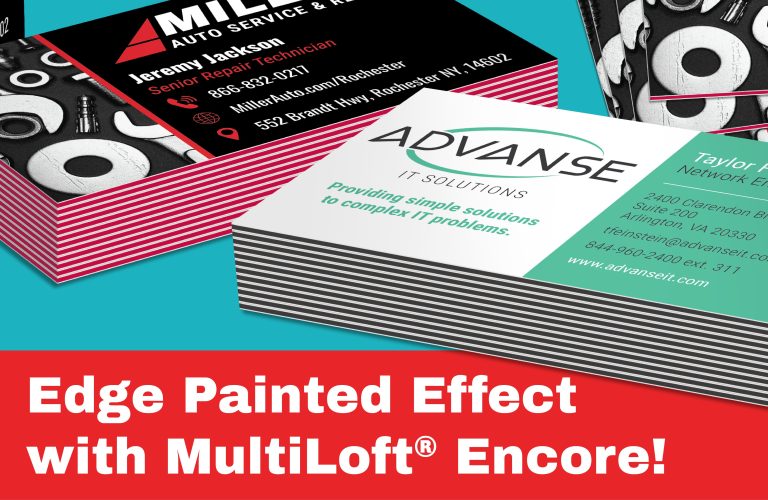
The Fine Art of Getting Noticed
Why using a skilled designer makes a difference
 You can profile your data, segment your mailing, and create highly relevant, personalized mail pieces, but if the design falls short, the message may not get seen. What makes your target audience stand up and take notice? Here is where the skills of a professional designer pay for themselves many times over.
You can profile your data, segment your mailing, and create highly relevant, personalized mail pieces, but if the design falls short, the message may not get seen. What makes your target audience stand up and take notice? Here is where the skills of a professional designer pay for themselves many times over.
Here are some key elements that professional designers take into consideration in any print or multi-channel marketing project to make it pop off the page.
Typography
The art of typography goes beyond which fonts look cool. It involves selection and pairing of fonts for style, branding, and readability. Typography also involves font size, spacing between letters, line breaks, and paragraphs (tracking and leading), and arranging the text in a way that makes it easy for the eye to navigate around the page.
Fonts can be sirens, however, and they have to be handled carefully. Some are more readable than others or are more readable against different backgrounds. Some fonts harmonize well. Others clash. Some fonts send the right branding message. Others can undermine your goals.
There is also a hierarchy of positioning of heads, subheads, and body copy that helps to move your eye along and prioritize various elements of the text.
Color palette
The colors used in the print project will set the mood for the entire piece. Common color palettes include:
- Monochrome: Based on single color on the color wheel.
- Analogous: Based on three colors next to each other on the color wheel.
- Complementary: Based on colors directly across from one another on the color wheel (blue/yellow, purple/lime).
- Triadic: Built from three colors equally spaced from one another around the color wheel.
All of these palettes can include lighter and darker tones of that color, as well.
Color palettes can be warm tones or cool tones, CMYK or spot color. With digital, you can even replicate metallics. Colors can have high saturation or low saturation. The palette can be chosen based on color theory, which is based on the idea that certain colors evoke certain feelings or emotions in people.
Alignment of elements
Designers may use invisible lines to place design elements, such as images, charts, and even text blocks, where they have the most impact. For example, designers may use the “rule of thirds,” in which a page will be divided evenly by three horizontal and vertical lines. Where the lines intersect is where elements will draw your eye. Designers will also use grids, arrangement of white space, and placement of margins to move your eye around the page and bring attention to specific elements.
There is a lot more to professional design than many people realize. It is about more than aesthetics. It’s also about branding and communication. When it comes to designing a logo, creating a brochure, or developing your next direct mailing, bring in a professional designer. Let them help you reap outstanding results.






